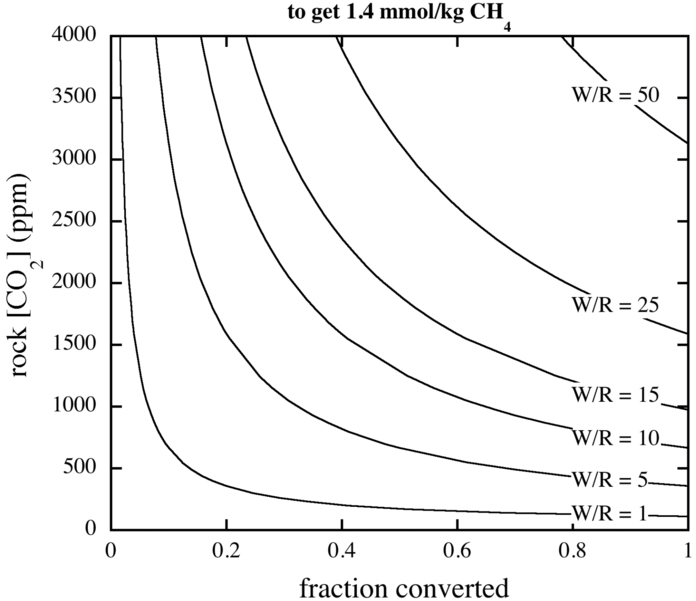Supplemental figure S2 to Proskurowski et al. 2008

Fig. S2. Model to constrain the W/R of Lost City fluids.
Water to rock ratio modeled as a function of initial rock CO2 composition, and fraction
converted. Model results are predicated on the hypothesis that the carbon source to the
~1.4 mmol/kg of hydrocarbons measured in Lost City fluids is CO2 in rocks, indicated by
anomalously low CO2/3He values. As fluids circulate through the basement rocks the
CO2 is extracted and ultimately converted abiotically to hydrocarbons. W/R is calculated
by assuming that the final CO2 concentration is 50 ppm (as measured values from
serpentinized basement rocks at Lost City). Thus a “popping rock”, a unique undegassed
sample representing the upper mantle endmember, containing 4000 ppm CO2 would
convert 3950 ppm CO2 to CH4 at 100% conversion; at a W/R=1, this yields a fluid CO2
concentration of 90 mmol/kg, and would require a W/R=64 for a fluid CO2 concentration
of 1.4 mmol/kg. Unless there is an additional CO2 source, e.g. magmatic, this model
predicts an upper limit W/R of 64. However, “popping rock” CO2 concentrations are
likely a gross overestimate, and a W/R less than 5 is consistent with ~400 ppm CO2
concentrations reported at other peridotite-gabbro MOR sites (7, 8) and calculated
conversion rates of ~50% at Lost City (Table S2). A W/R near 10 is similar to that
indicated by thermodynamic calculations of H2 production during serpentinization at
250°C (9); however, if serpentinization occurs at lower temperatures, the associated
decrease in H2 production (10) would be consistent with Lost City H2 concentrations at a
W/R closer to unity.

For commercial use or higher resolution please contact Debbie Kelley

